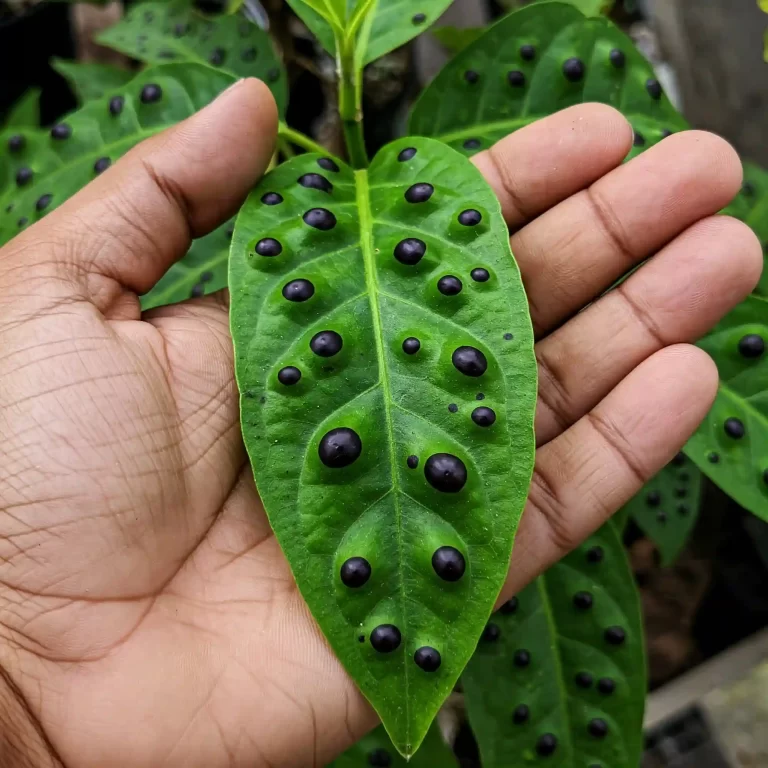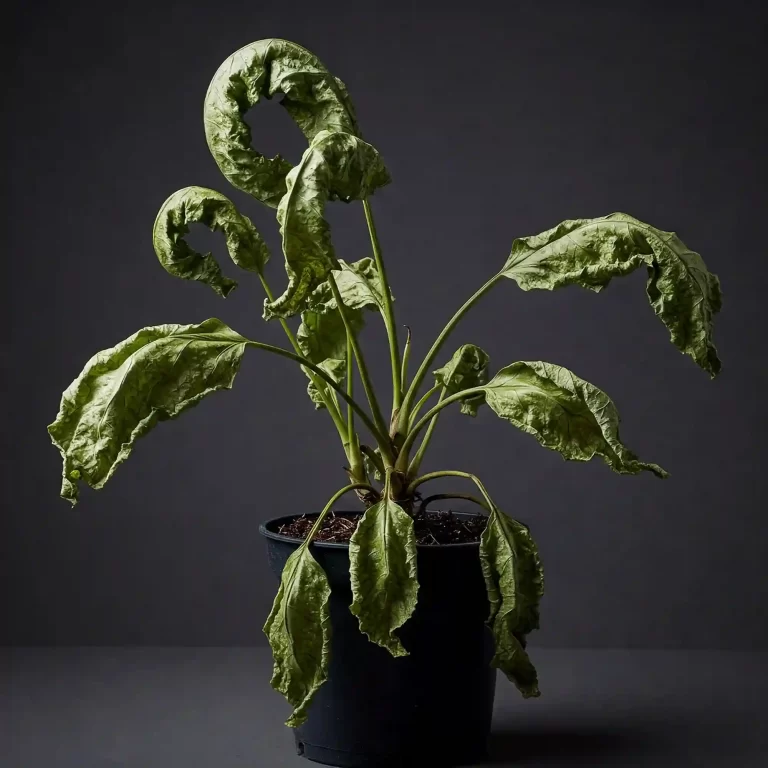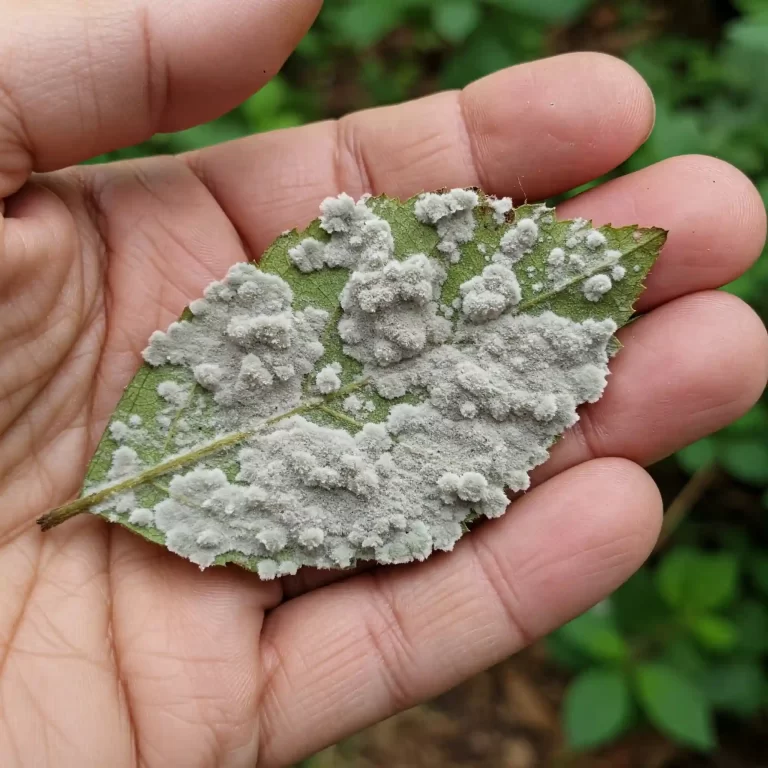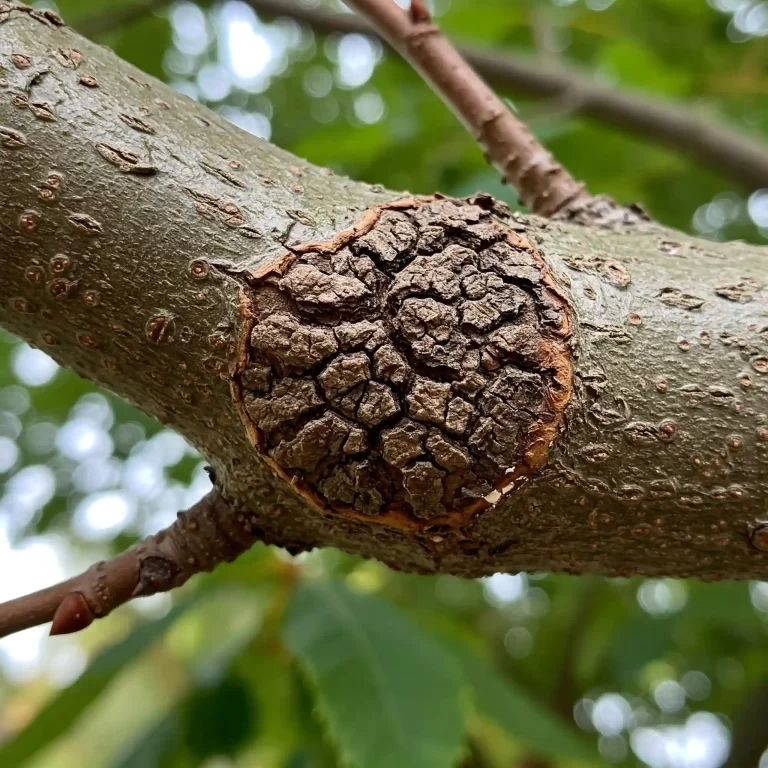| – Busy lizzies, or impatiens, are popular flowering plants that can brighten up any garden, balcony, or indoor space with their colorful blooms. |
| – Busy lizzies are easy to grow and care for, as they require bright but indirect light, regular watering, balanced fertilizing, and occasional pruning. |
| – Busy lizzies are susceptible to some pests and diseases, such as aphids, whiteflies, spider mites, and downy mildew, but they can be prevented and treated with organic or chemical methods. |
| – Busy lizzies come in different varieties, such as New Guinea impatiens, double-flowered impatiens, and bounce impatiens, each with their own preferences and characteristics. |
Do you want to add some color and charm to your garden, balcony, or indoor space? If so, you might want to consider growing busy lizzies, also known as impatiens. These plants are among the most popular flowering plants in the world, and for good reasons. They have bright and cheerful flowers that come in a range of colors, such as pink, red, white, purple, and orange. They also have a long blooming season, from spring to fall, and they are low maintenance and easy to grow.
Busy lizzies are the common name for Impatiens walleriana, a species of flowering plants that belong to the balsaminaceae family. They are native to East Africa, where they grow in moist and shady habitats. They are also called touch-me-nots, because their seed pods burst open when touched, scattering the seeds around. They are not related to the true lilies, which belong to the liliaceae family.
In this article, you will learn everything you need to know about how to grow and care for busy lizzies successfully. You will discover the best conditions, watering, fertilizing, pruning, and pest control for these plants. You will also learn about the different varieties of busy lizzies and how to grow them indoors or outdoors. By the end of this article, you will be able to enjoy the beauty and charm of these colorful and easy-care flowers. So, let’s get started!
Best Conditions for Busy Lizzies
Busy lizzies are not very fussy about their growing conditions, but they do have some preferences that you should keep in mind. Here are the optimal light, temperature, and soil requirements for busy lizzies:
Light
Busy lizzies prefer bright but indirect light. Too much direct sunlight can burn their leaves and flowers, while too little light can reduce their flowering and make them leggy. A spot with partial sun or light shade is ideal for busy lizzies. They can tolerate some morning or evening sun, but they should be protected from the harsh midday sun. If you are growing busy lizzies indoors, you should place them near a window that receives bright but filtered light, such as a south-facing or east-facing window.
Temperature
Busy lizzies are not cold-hardy and will die if exposed to freezing temperatures. They thrive in warm and humid conditions, with temperatures ranging from 18°C to 27°C (65°F to 80°F). They can tolerate higher temperatures, as long as they are well-watered and shaded. They can also tolerate lower temperatures, as long as they are above 10°C (50°F). If you are growing busy lizzies outdoors, you should plant them after the last frost date in your area, and bring them indoors before the first frost date. If you are growing busy lizzies indoors, you should keep them away from drafts, heaters, and air conditioners, as they can cause temperature fluctuations and dry out the plants.
Soil
Busy lizzies prefer moist and well-drained soil that is rich in organic matter. They do not like soggy or waterlogged soil, as it can cause root rot and fungal diseases. They also do not like dry or sandy soil, as it can cause wilting and stress. A good potting mix for busy lizzies should have a pH level of 6.0 to 6.5, which is slightly acidic. You can add some peat moss, compost, or leaf mold to improve the soil quality and moisture retention. You can also add some perlite, vermiculite, or sand to improve the soil drainage and aeration. If you are growing busy lizzies in pots, you should make sure that they have drainage holes at the bottom, and place them on a saucer or tray to catch the excess water.
Watering Busy Lizzies
One of the most important aspects of caring for busy lizzies is watering them regularly. These plants love moisture and will wilt and drop their leaves and flowers if they are not watered enough. However, they also hate being overwatered, as this can cause root rot and fungal diseases. Therefore, you need to find the right balance between keeping the soil moist but not soggy.
Here are some tips on how to water busy lizzies effectively:
- Use a watering can with a narrow spout to water the plants at the base, avoiding the foliage and the flowers. This will prevent water splashing and spreading diseases.
- Check the soil before watering by inserting your finger about an inch deep. If the soil feels dry, it is time to water. If the soil feels moist, you can wait. If the soil feels wet, you have overwatered and need to let the soil dry out a bit.
- Water the plants thoroughly until the water drains out of the bottom of the pots. Do not let the plants sit in water, as this can cause root rot. Empty the saucer or tray after watering, or use a self-watering pot that has a reservoir for excess water.
- Water the plants more frequently during hot and dry weather, and less frequently during cold and wet weather. The frequency of watering will depend on the temperature, humidity, light, and soil conditions, as well as the size and type of the pots. Generally, you should water the plants once or twice a week, but you may need to adjust this according to the weather and the season.
Fertilizing Busy Lizzies
Another key factor for growing healthy and beautiful busy lizzies is fertilizing them every two weeks during the growing season, which is usually from spring to summer. Fertilizing the plants will help them produce more flowers and stay healthy. However, you should not overfertilize the plants, as this can cause leaf burn and reduce flowering.
Here are some tips on how to fertilize busy lizzies correctly:
- Use a balanced fertilizer with a 10-10-10 or 20-20-20 formula, which means it has equal amounts of nitrogen, phosphorus, and potassium. These are the three main nutrients that plants need for growth, flowering, and health. You can use a liquid, granular, or slow-release fertilizer, depending on your preference and convenience.
- Dilute the fertilizer according to the instructions on the label, and apply it to the soil around the plants. Do not apply the fertilizer directly to the foliage or the flowers, as this can cause damage. You can also use a foliar spray, which is a fertilizer that is sprayed on the leaves, but make sure to do this early in the morning or late in the evening, when the sun is not too strong.
- Fertilize the plants every two weeks from spring to summer, when they are actively growing and flowering. Do not fertilize the plants in fall and winter, when they are dormant or semi-dormant. This will allow the plants to rest and prepare for the next season.
Pruning Busy Lizzies
Pruning busy lizzies regularly is another way to keep them healthy and beautiful. Pruning the plants will encourage more blooming, prevent seed formation, and maintain their shape and size. Pruning the plants will also remove any dead, diseased, or damaged parts, and improve the air circulation and light penetration.
Here are some tips on how to prune busy lizzies properly:
- Use sharp and clean scissors or pruning shears to cut the stems just above a leaf node, which is where a leaf or a branch joins the stem. This will stimulate new growth and branching, and make the plants bushier and fuller.
- Deadhead the spent flowers by pinching them off with your fingers or cutting them with scissors. This will prevent the plants from producing seeds, which can reduce their flowering and energy. It will also keep the plants looking neat and tidy.
- Prune the plants once a month or whenever the flowers fade, depending on the variety and the season. Some varieties of busy lizzies, such as New Guinea impatiens and bounce impatiens, are self-cleaning, which means they drop their flowers naturally and do not need deadheading. However, they may still benefit from some light pruning to shape them and remove any unwanted growth.
- Prune the plants lightly and gradually, removing no more than one-third of the plant at a time. Do not prune the plants too hard or too often, as this can stress them and reduce their flowering. You can also prune the plants more heavily at the end of the season, before bringing them indoors or discarding them.
Pest Control for Busy Lizzies
Busy lizzies are generally easy to grow and care for, but they are susceptible to some pests and diseases that can affect their health and appearance. Some of the common pests and diseases that can affect busy lizzies are:
- Aphids: These are small, soft-bodied insects that feed on the sap of the plants, causing them to curl, distort, and yellow. They can also transmit viruses and attract ants and other pests. You can control aphids by spraying the plants with a strong jet of water, wiping them off with a cloth or cotton swab dipped in alcohol, or using an organic or chemical insecticide, such as insecticidal soap, neem oil, or pyrethrin.
- Whiteflies: These are tiny, white-winged insects that feed on the sap of the plants, causing them to wilt, yellow, and drop their leaves and flowers. They can also produce a sticky substance called honeydew, which can attract ants and other pests, and cause a black fungus called sooty mold to grow on the plants. You can control whiteflies by spraying the plants with a strong jet of water, vacuuming them off with a handheld vacuum, or using an organic or chemical insecticide, such as insecticidal soap, neem oil, or pyrethrin.
- Spider mites: These are microscopic, spider-like creatures that feed on the sap of the plants, causing them to develop tiny yellow or white spots, and eventually turn brown and dry. They can also spin fine webs on the plants, which can reduce their photosynthesis and appearance. You can control spider mites by spraying the plants with a strong jet of water, wiping them off with a cloth or cotton swab dipped in alcohol, or using an organic or chemical miticide, such as insecticidal soap, neem oil, or horticultural oil.
- Downy mildew: This is a fungal disease that affects the leaves of the plants, causing them to develop gray or purple patches on the underside, and yellow or brown spots on the upper side. The leaves may also curl, wilt, and drop. The disease is favored by cool and moist conditions, and can spread quickly and kill the plants. You can prevent downy mildew by choosing resistant varieties, such as bounce impatiens, avoiding overhead watering, and providing good air circulation and light. You can treat downy mildew by removing and disposing of the infected leaves and plants, and using a fungicide, such as copper, sulfur, or mancozeb.
The table below summarizes the pests and diseases that can affect busy lizzies, and the methods to prevent and treat them.
| Pest/Disease | Symptoms | Prevention | Treatment |
|---|---|---|---|
| Aphids | Curling, distorting, and yellowing of leaves and flowers; transmission of viruses; attraction of ants and other pests | Choose healthy and resistant plants; inspect and isolate new plants; provide good air circulation and light; avoid overwatering and overfertilizing | Spray with water; wipe with alcohol; use insecticidal soap, neem oil, or pyrethrin |
| Whiteflies | Wilting, yellowing, and dropping of leaves and flowers; production of honeydew and sooty mold; attraction of ants and other pests | Choose healthy and resistant plants; inspect and isolate new plants; provide good air circulation and light; avoid overwatering and overfertilizing | Spray with water; vacuum with handheld vacuum; use insecticidal soap, neem oil, or pyrethrin |
| Spider mites | Tiny yellow or white spots on leaves; browning and drying of leaves; spinning of webs on plants | Choose healthy and resistant plants; inspect and isolate new plants; provide good air circulation and light; avoid overwatering and overfertilizing; increase humidity | Spray with water; wipe with alcohol; use insecticidal soap, neem oil, or horticultural oil |
| Downy mildew | Gray or purple patches on underside of leaves; yellow or brown spots on upper side of leaves; curling, wilting, and dropping of leaves | Choose resistant varieties, such as bounce impatiens; avoid overhead watering; provide good air circulation and light; remove and dispose of fallen leaves | Remove and dispose of infected leaves and plants; use copper, sulfur, or mancozeb |
Conclusion
Busy lizzies are wonderful plants that can brighten up any garden, balcony, or indoor space with their colorful and cheerful flowers. They are easy to grow and care for, as long as you provide them with the best conditions, watering, fertilizing, pruning, and pest control. By following the tips and advice in this article, you will be able to enjoy the beauty and charm of these colorful and easy-care flowers. So, why not give busy lizzies a try, and see for yourself how they can transform your space? And if you have any feedback, questions, or suggestions, feel free to share them with us. We would love to hear from you!



